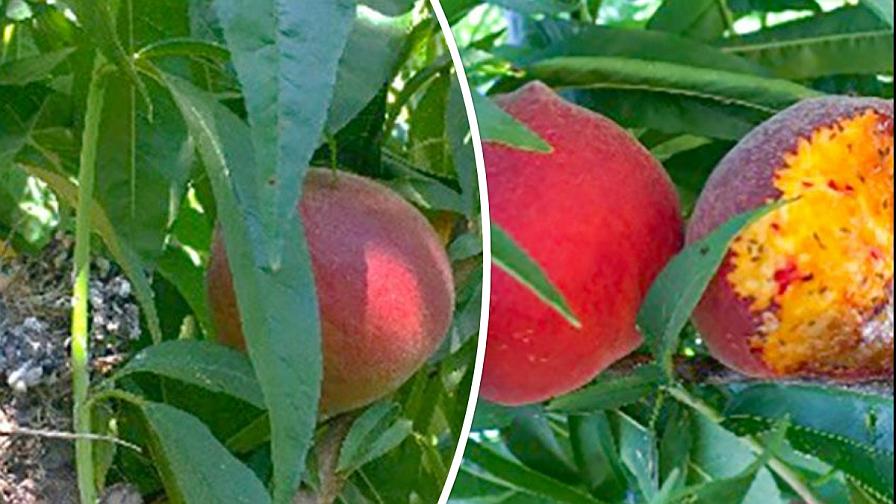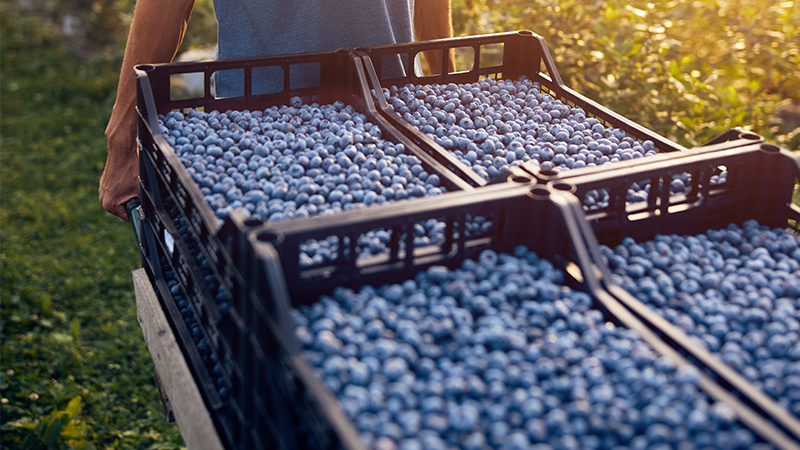Transforming Foodborne Illness Outbreak Reports Into Industrywide Actions
“What do you think was different this season?” While not the first question that needs to be asked when facing a product recall or being implicated in a foodborne illness outbreak, that question generally ranks in the top five. In my experience, invariably something, or several somethings, were different in a season when an incident hits.
It isn’t always possible to pinpoint the specific root cause and the contributing or compounding factors. However, the effort of information and practices recall, document review, personnel interviews, and investigative discovery always yields benefits. Most often the benefits of an internal food safety incident review translate into real monetary gains in efficiencies, product quality, and food safety system enhancements.
THE DISCOVERY PROCESS
One important part of that discovery process, for the individual firm but equally for the commodity or category, is a deep dive into the official, public investigative reports provided by federal and state regulatory agencies. There are always important insights within these investigation reports, regardless of whether the industry always agrees with or can unequivocally contradict specific details with data and records.
One good example is the FDA 2020 Investigation Report: Factors Potentially Contributing to the Contamination of Peaches Implicated in the Summer 2020 Outbreak of Salmonella Enteritidis. This brief column isn’t the place to review the key findings, in relation to broader stone fruit grower and shipper questions and concerns, but these findings raise broad and important context for what actions must be taken and which should be taken.
At the top of the list is the finding of different Salmonella associated with peach tree and environmental samples. The fact that the outbreak defining (cause of illnesses) Salmonella Enteritidis was not recovered is not that unusual. Neither, in fact, is that multiple different Salmonella were recovered during the environmental investigative effort. As with any crop, Salmonella strains are going to be around and found in an open environment if you look hard enough.
Tree fruit are no exception. Different known factors influence the prevalence and likelihood of transference to fruit and survival. Clearly, the FDA and state partners in California identified hazards and risk factors of concern in some of the implicated orchards.
The California stone fruit industry has been evaluating this information and has held several forums to discuss the implications, prioritize research needs, and assess immediate orchard and packing operation actions and options.
This brings us back squarely to “What do you think was different this season?” For now, let us set aside the understandable concerns and broadly communicated precautionary statements by FDA regarding adjacent land uses and animal feeding operations associated with several recent outbreaks. The situation described in the report is not recent or prevalent in California tree fruit districts but also not unique or isolated to a specific firm. If proximity to animal feeding operations was, in fact, the fundamental root cause, the brain-torturing question is “What tipped the balance of risk exposure in 2020?” The follow-up question has been how to prevent or dramatically reduce the vulnerability in a perennial crop at these land use interfaces.

As in any open production environment, challenges from wildlife are common but not widespread. Finding Salmonella associated with most species is uncommon, depending on surrounding land uses. Intense surveys in orchards are likely to detect at least some Salmonella.
Photos by Trevor Suslow
OPTIMIZE POSTHARVEST MANAGEMENT
Given the high degree of uncertainty of year-to-year risk, the primary opportunity has focused on further optimizing the postharvest management phase. If I had to pick one overarching priority for risk reduction in peaches and other stone fruit, I would pick this aspect for the concentration of industry effort and resources. Having addressed this issue of animal: stone fruit proximity decades ago, the most immediate positive actions will be to greatly improve the physical removal and lethality of spray-brush bed operations.
So, what is the point of this column? For many years the produce industry, in general, had been encouraged to emphasize wash line performance criteria on prevention of cross-contamination over optimizing reductions on product surfaces. This is sensible for many commodities but appears to be less applicable to several tree fruit, including peaches, nectarines, and plums/pluots.
This renewed work is in its early phases, but one cardinal rule of experimental design of validation and verification studies towards addressing this goal is that performance should not be based on the average degree of removal and lethality from contaminated fruit.
The range of reduction across a population of individual fruit is the essential comparator of performance. Recent preliminary studies reinforce past experiences that the range of reductions from experimentally proven, equally inoculated fruit can be very large. In collaboration with long time stone fruit and industry colleague, George Nikolich, and the support of the California industry, we hope to be able to share some promising optimization findings soon.










